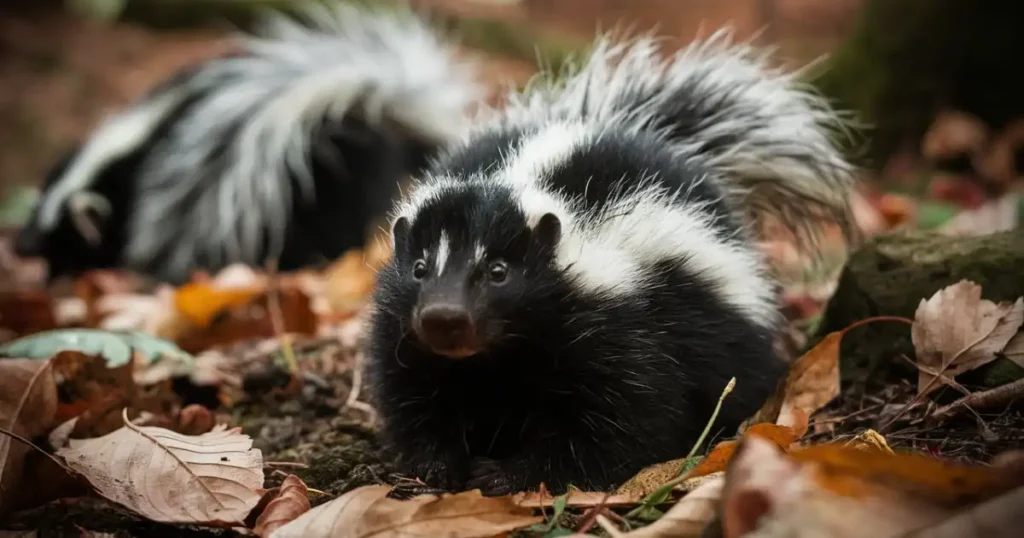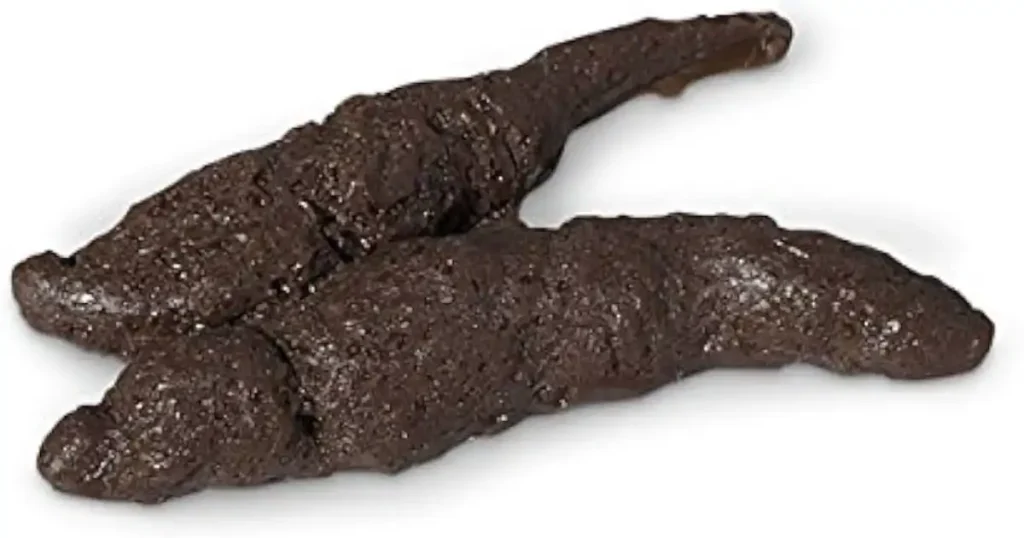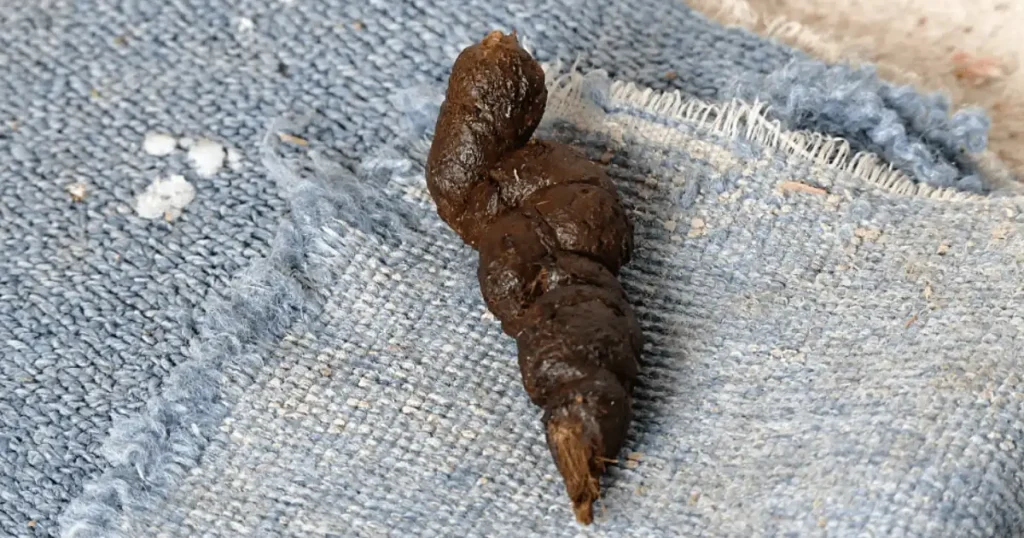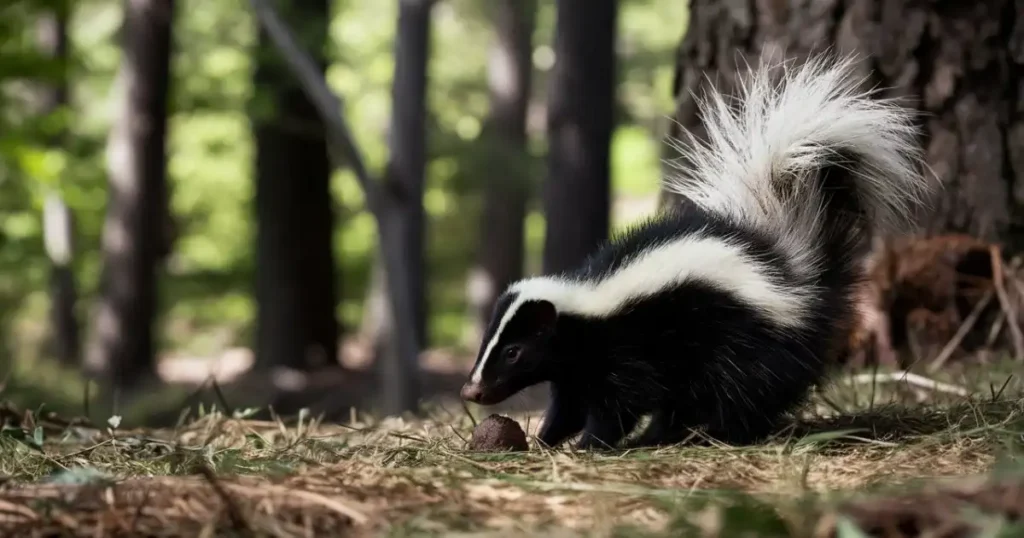
You usually smell the skunk before you see the skunk. But scat (poop) is the quieter clue that tells you who’s passing through, where they’re traveling, and what drew them to your yard in the first place. Well-shot skunk scat images —with scale, context, and detail—let you identify the culprit confidently and decide your next step without guesswork.
What follows is a practical, experience-aligned guide (think wildlife biology basics and IPM—Integrated Pest Management—best practices) written for homeowners, gardeners, and the critter-curious. No hype, no shaky folklore—just what works and what to watch for.

When you’re scrolling photos or crouching with your phone, use this checklist:
Pro tip for photos: Add a scale (a coin, key, or ruler), shoot from top and side angles, and include a wide shot to show location (baseboard, deck edge, garden bed).

When in doubt, contents + context (insects/seeds along low travel routes) push the ID toward skunk.
Diet drives appearance. Your photos tell a food story—use that to locate attractants (pet food bowls, fallen fruit, grub-rich turf).

If you plan to remove the scat after photographing, gently mist it with water first to reduce dust, then follow the cleanup protocol below.
While feces isn’t a rabies risk itself (rabies spreads via saliva and nervous tissue), skunks can carry other pathogens. Treat all wildlife droppings with caution.
Safe cleanup basics:
If the scat appears in repeated piles (latrine-like) or near living spaces, consider a licensed wildlife professional—especially if you suspect raccoon or heavy contamination.
Seeing droppings is a map pin: skunks are night-active omnivores traveling for food and shelter. Common attractants:
Humane, effective next steps (IPM-style):
The goal isn’t conflict; it’s design. Make your property boring to a skunk, and it will pick an easier route.
Use the photo like a field note. Each detail reduces the mystery and points to one practical fix.

1) Is skunk scat dangerous to humans or pets?
Treat it as potentially hazardous. While rabies isn’t spread by feces, other pathogens can be present. Prevent pets from investigating, wear gloves/mask, mist, lift, double-bag, and disinfect. If you see multiple piles or droppings near living spaces, consult a licensed wildlife pro.
2) Where do skunks prefer to poop—should I expect “latrines”?
Skunks typically deposit along routes or near cover, not in obvious communal latrines like raccoons. You may find singles or a few pieces spaced out along fence lines, beds, or under structures.
3) How can I be sure my photo shows skunk droppings and not raccoon?
Add scale, shoot multiple angles, and look at contents and context. Skunk scat is usually smaller and rich in insect parts, with blunt ends and scattered placement. Raccoon scat is larger, more often piled in latrines (sometimes elevated), and presents higher roundworm risk—avoid disturbing those and call a pro if unsure.
Well-made skunk scat images—with size, angles, and setting—turn “ugh, what is that?” into a confident ID and a simple plan: remove attractants, close gaps, keep the night quiet. That’s how you protect your garden, your pets, and your sleep—humanely and effectively.
Skunks can be a nuisance when they invade your property. They can cause damage to your garden, lawn, and even your home. If you are experiencing a skunk problem, it is important to seek professional help to avoid any potential dangers that may arise.
Critter Stop is a professional, humane wildlife removal company that can help you with your skunk problem. They offer a free inspection to identify the source of the problem and develop a plan to safely and effectively remove the skunks from your property.
Critter Stop has a fantastic reputation and customer reviews online because it provides high quality work and great customer service. They have a team of experienced professionals who are knowledgeable about skunk behavior and can ensure that the skunks are removed safely and humanely.
If you are in need of skunk trapping services, do not hesitate to contact Critter Stop at (214) 234-2616 for a free inspection. They will provide you with a customized solution to solve your skunk problem and ensure that your property is protected from future invasions.
Visit our Critter Library and learn more about our furry friends